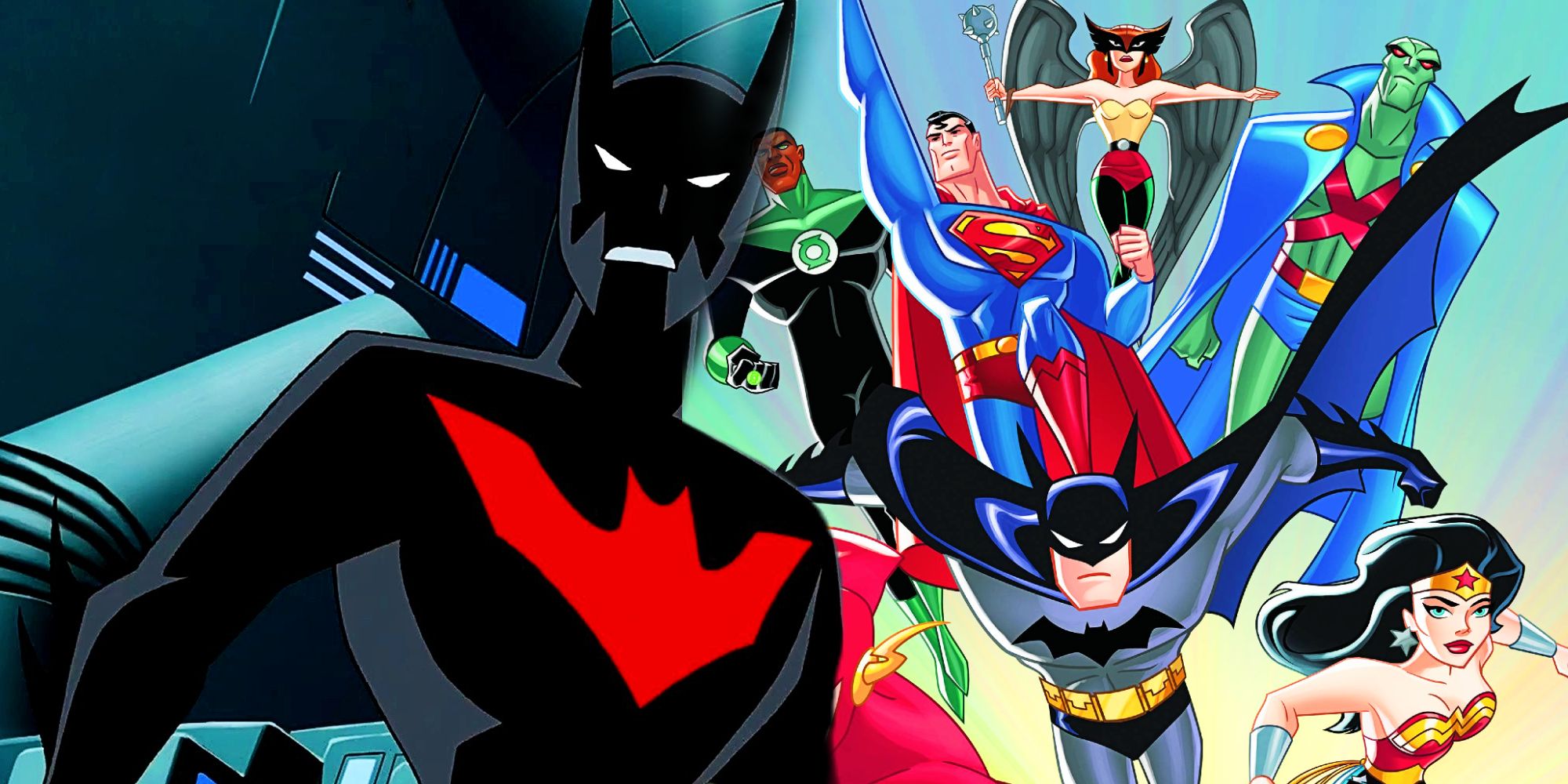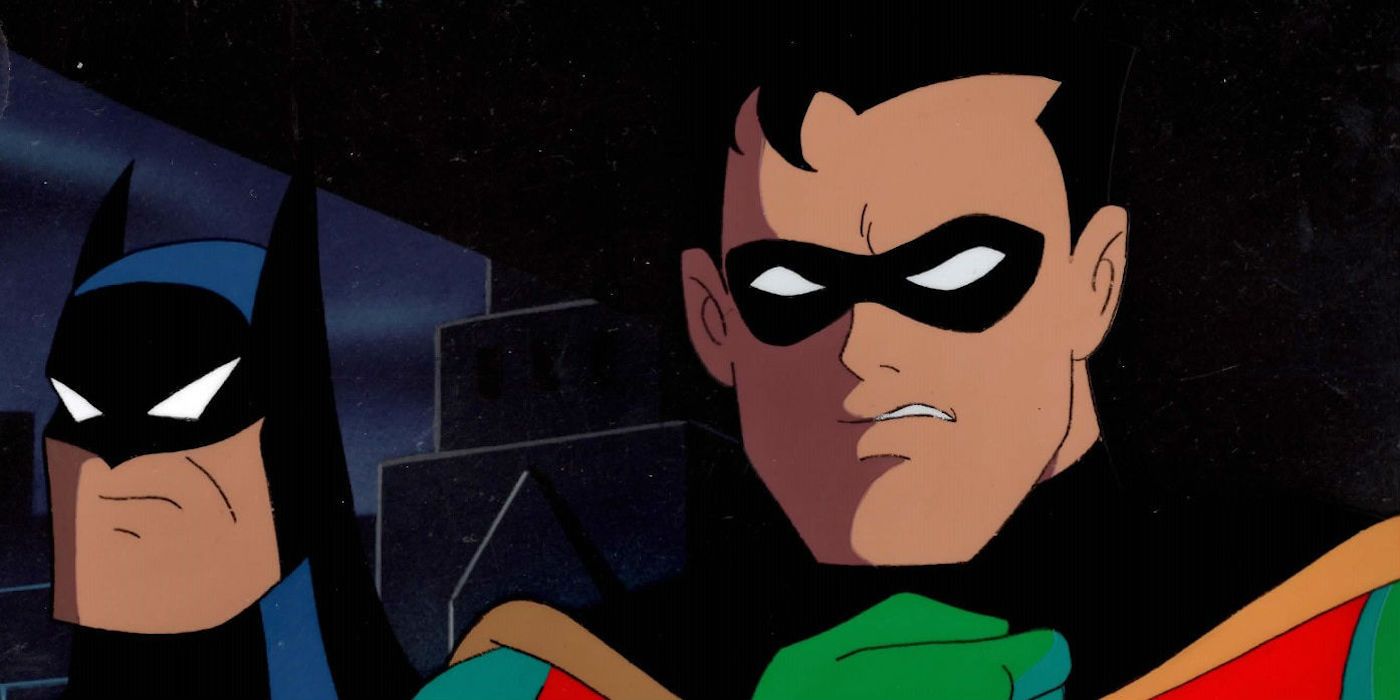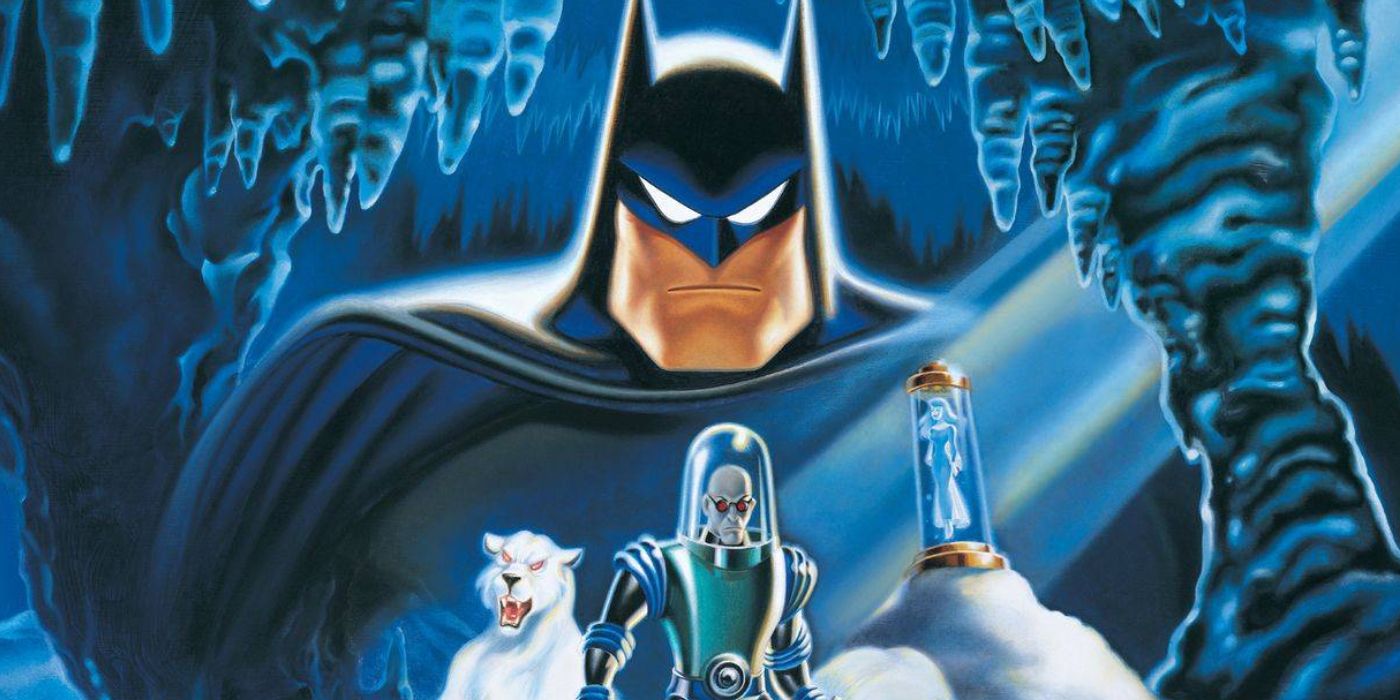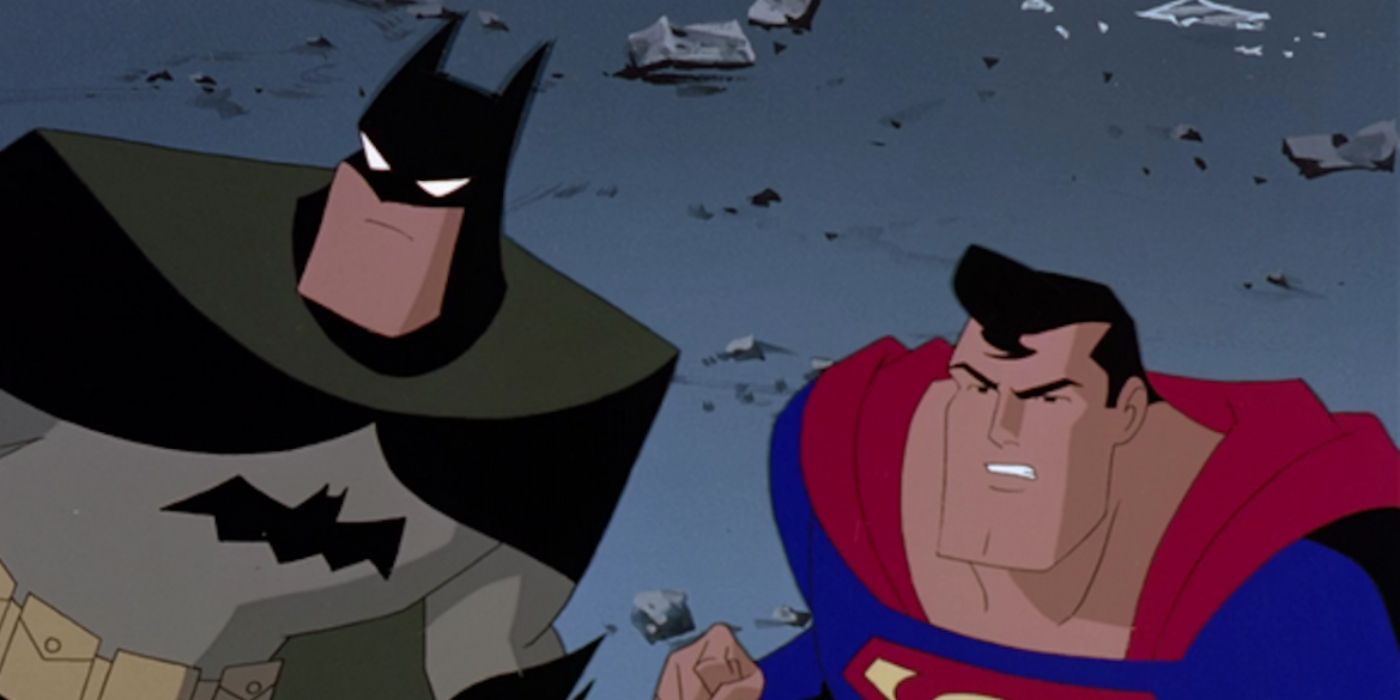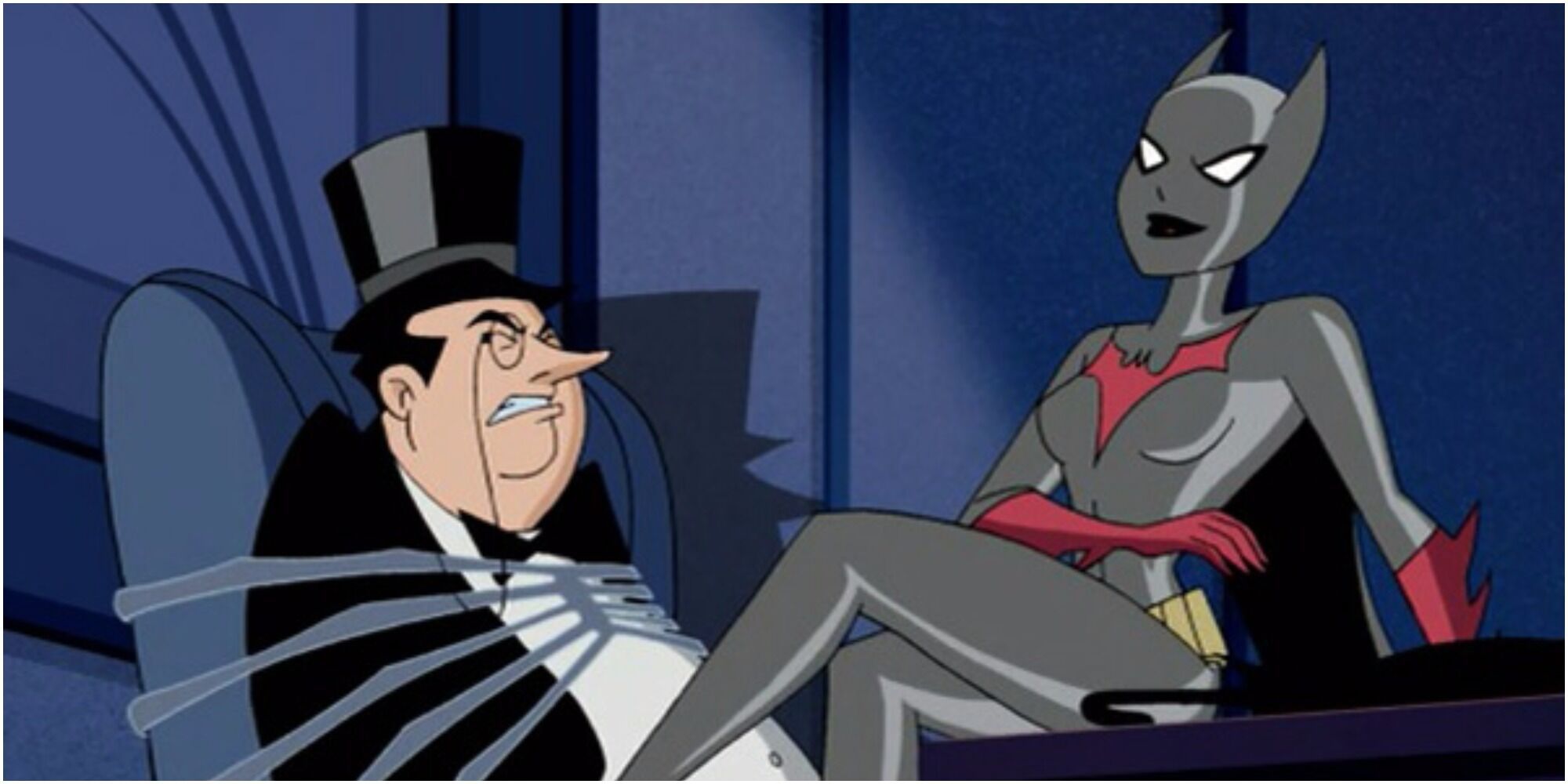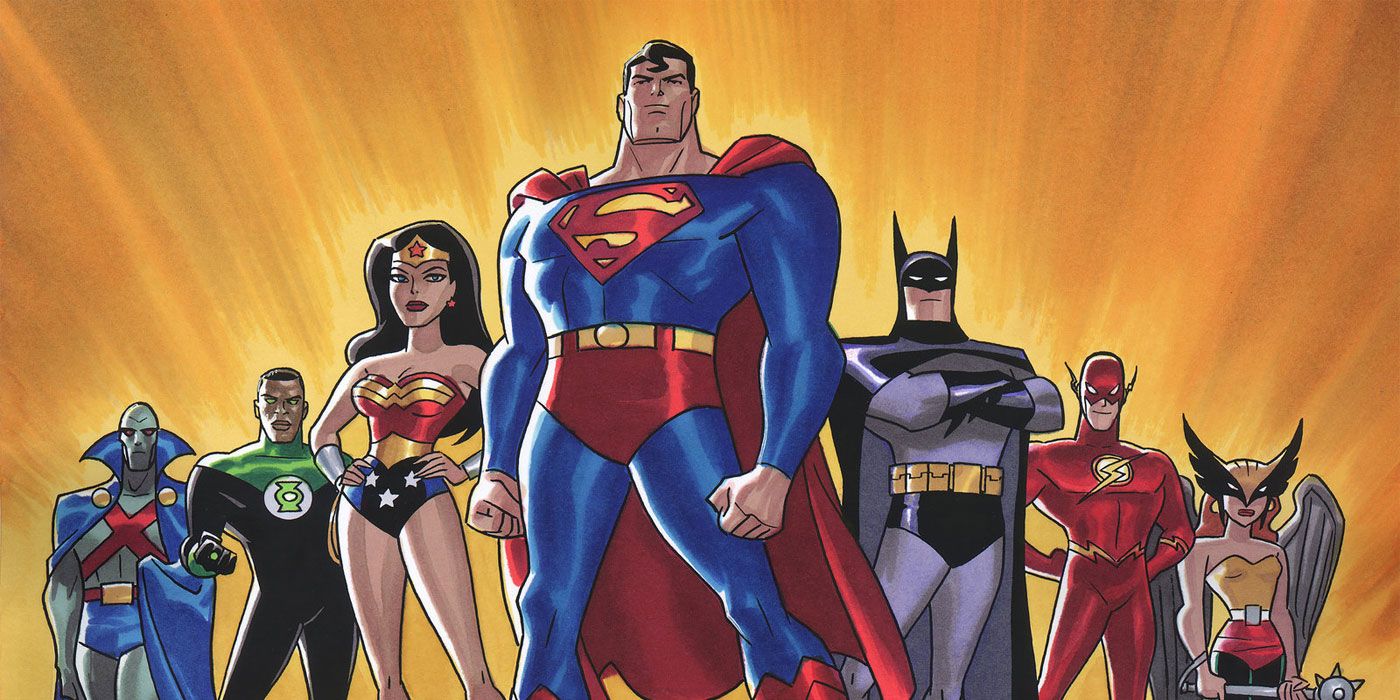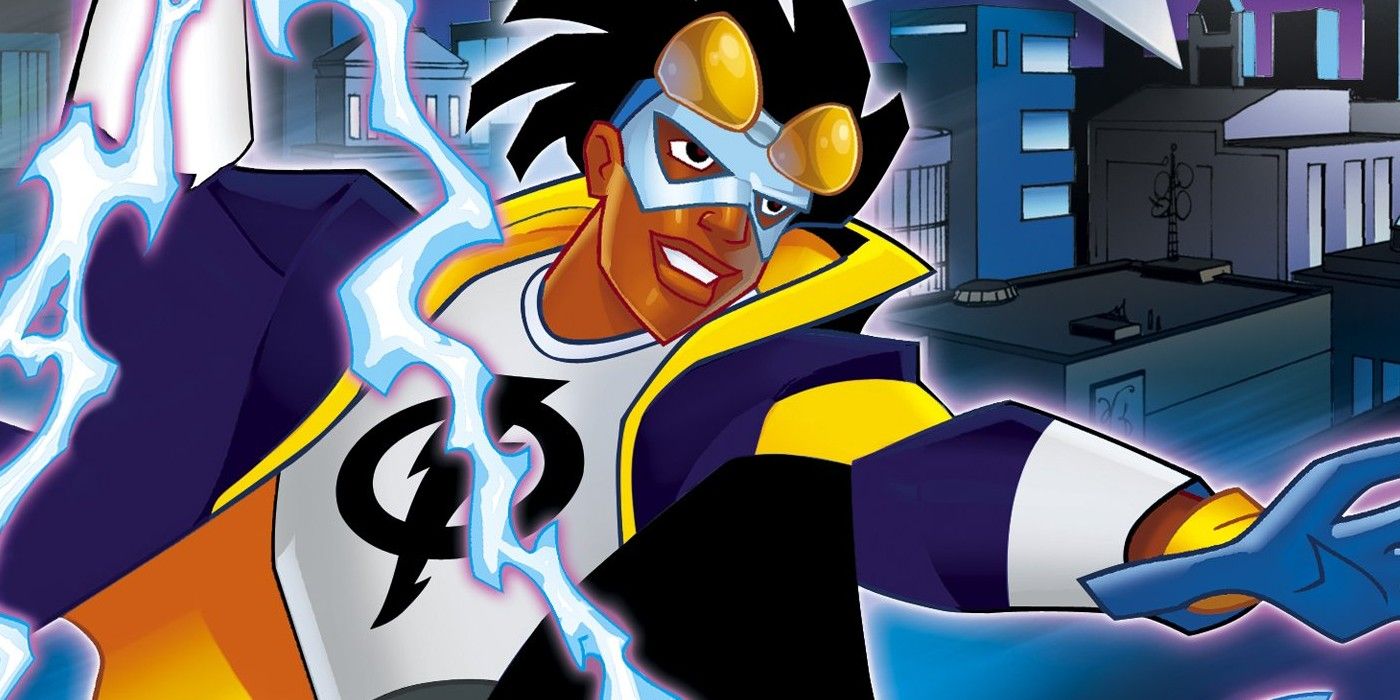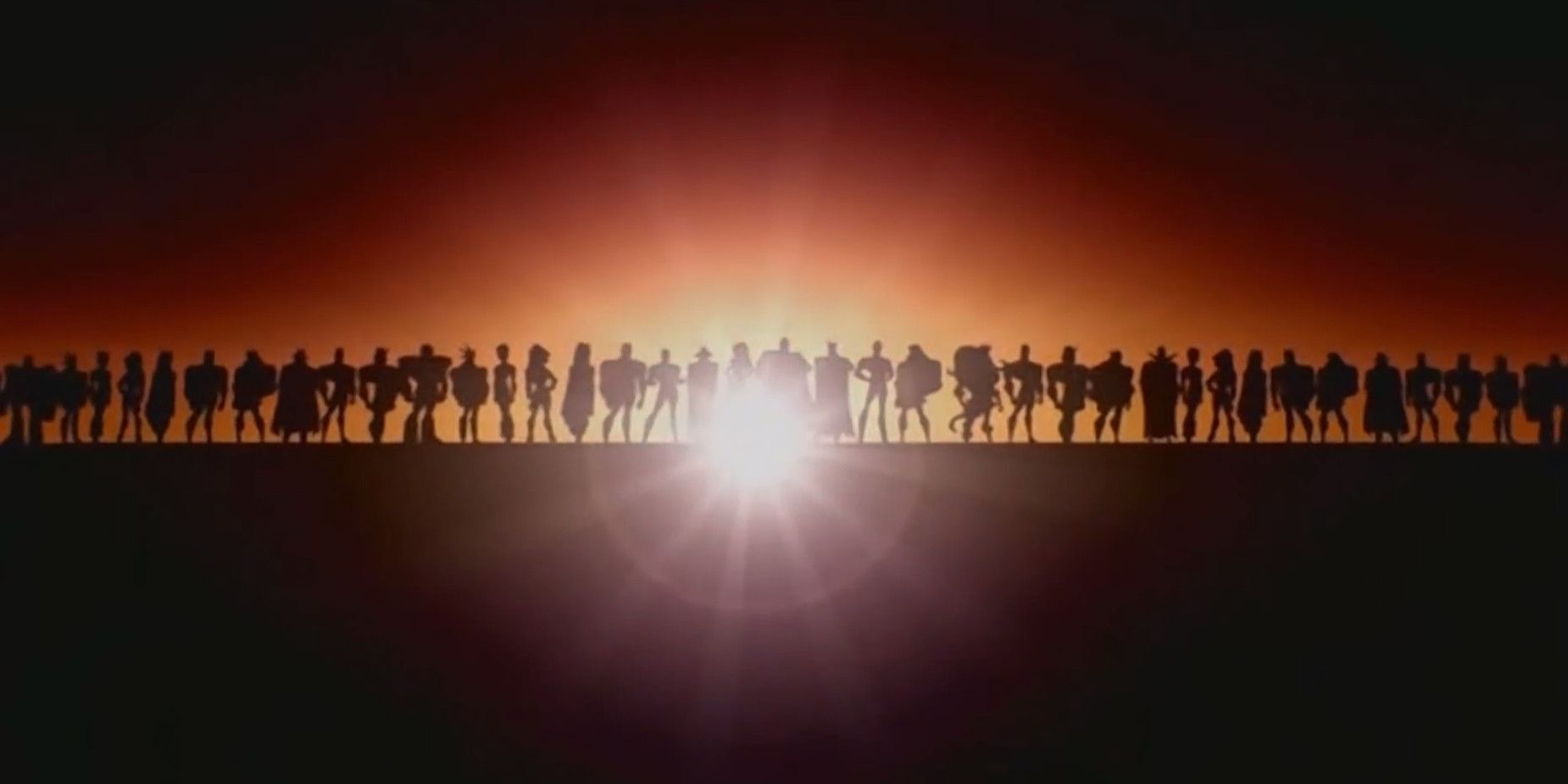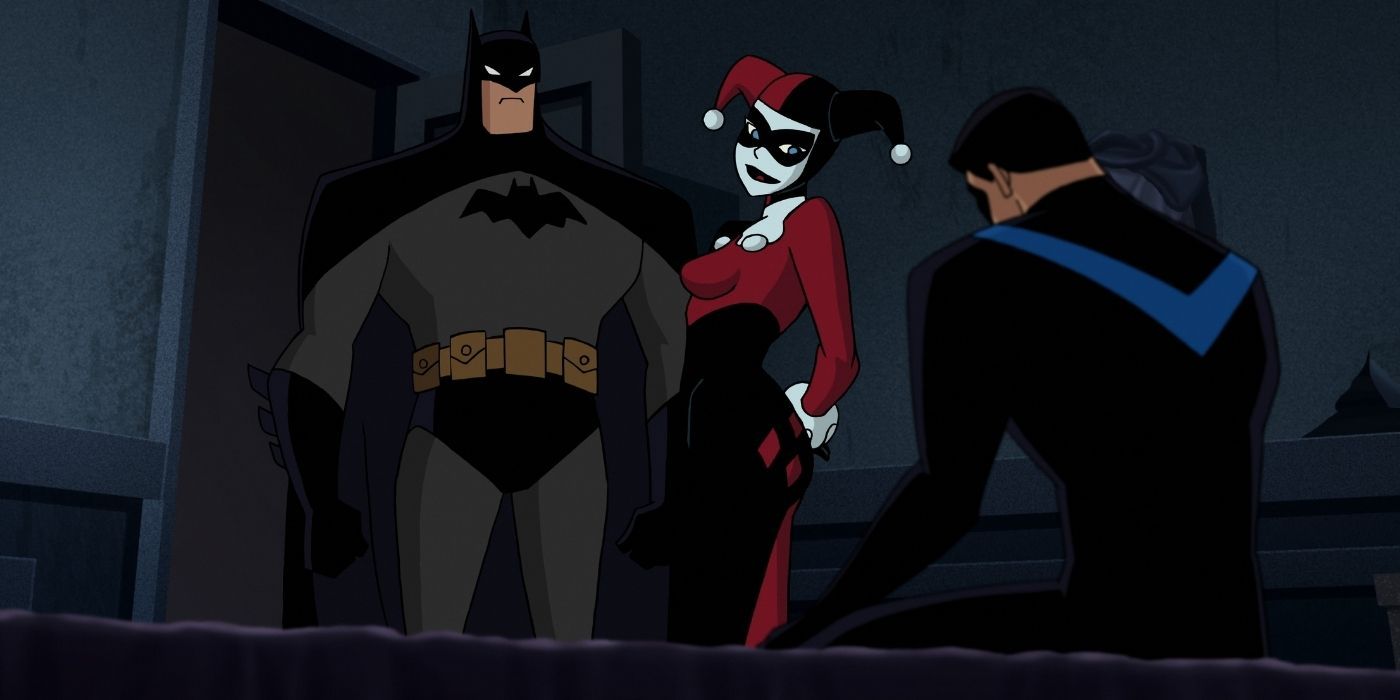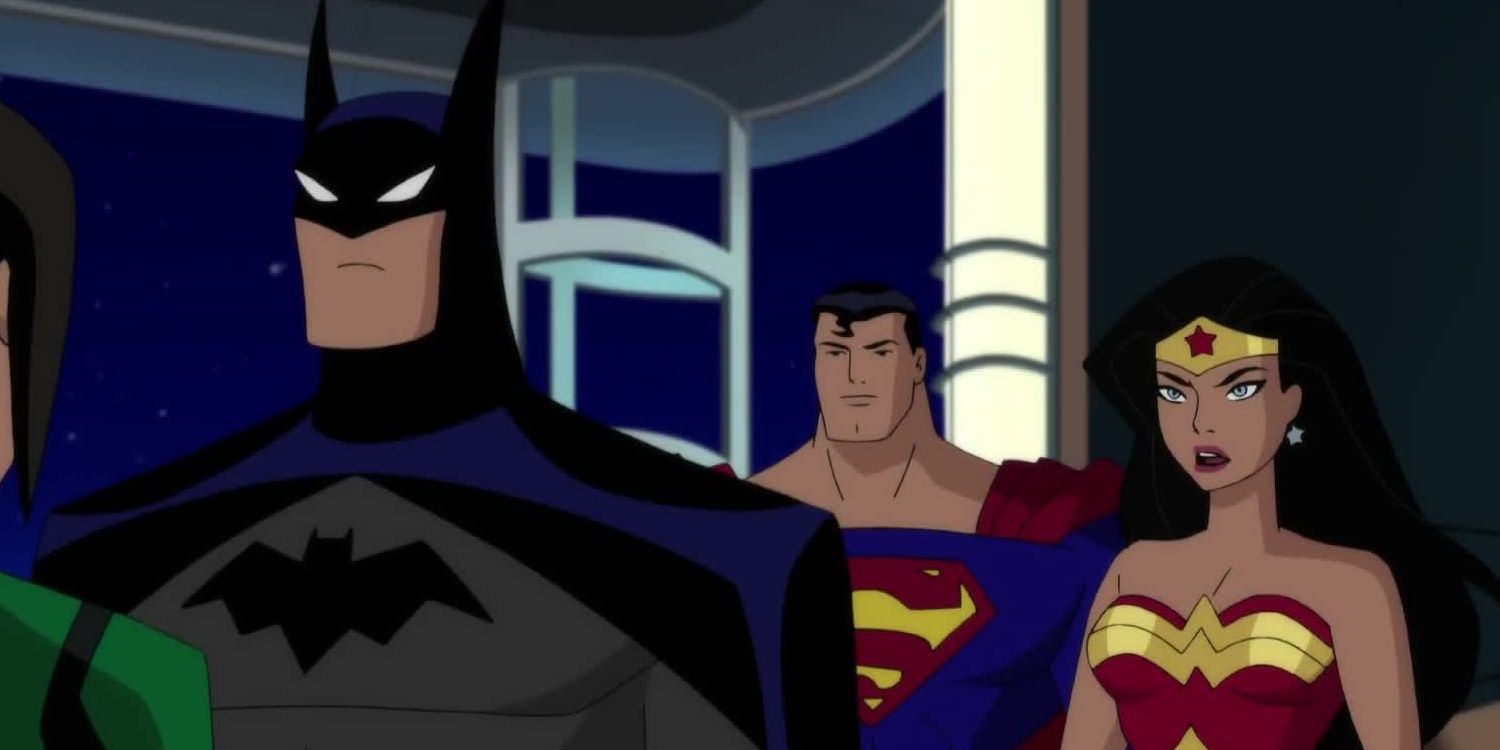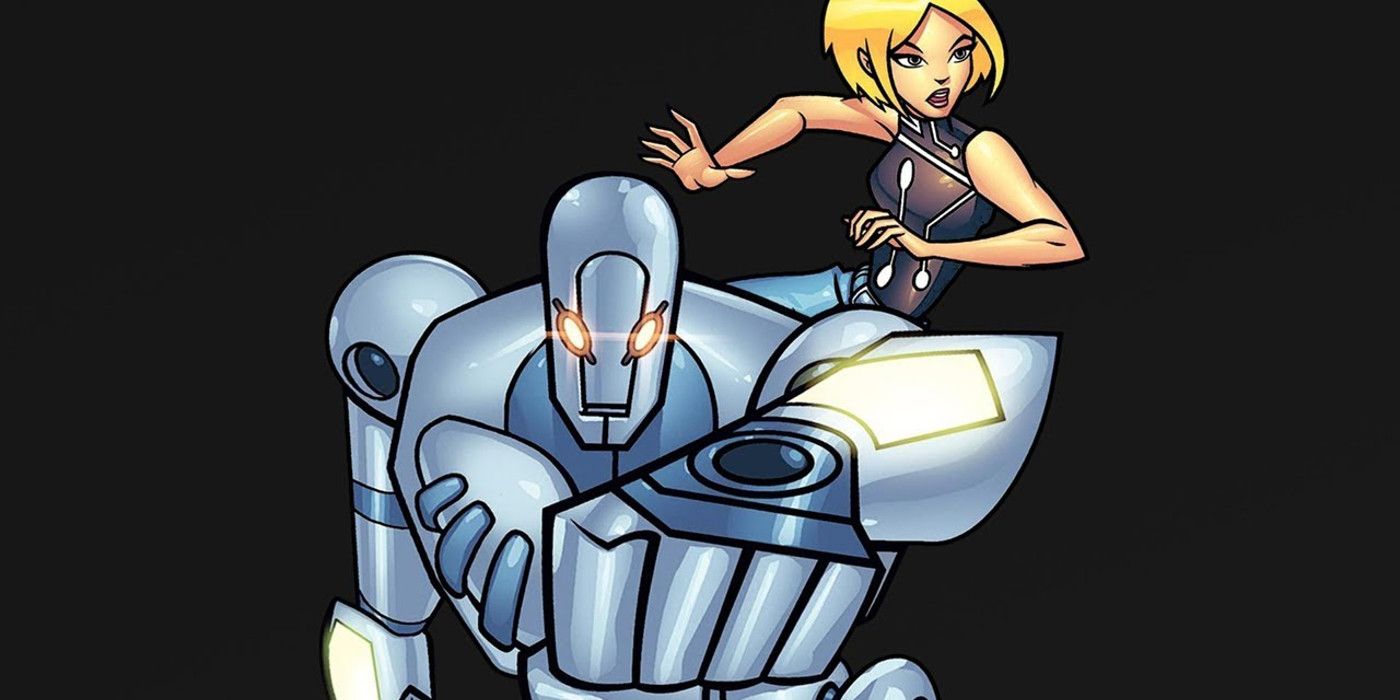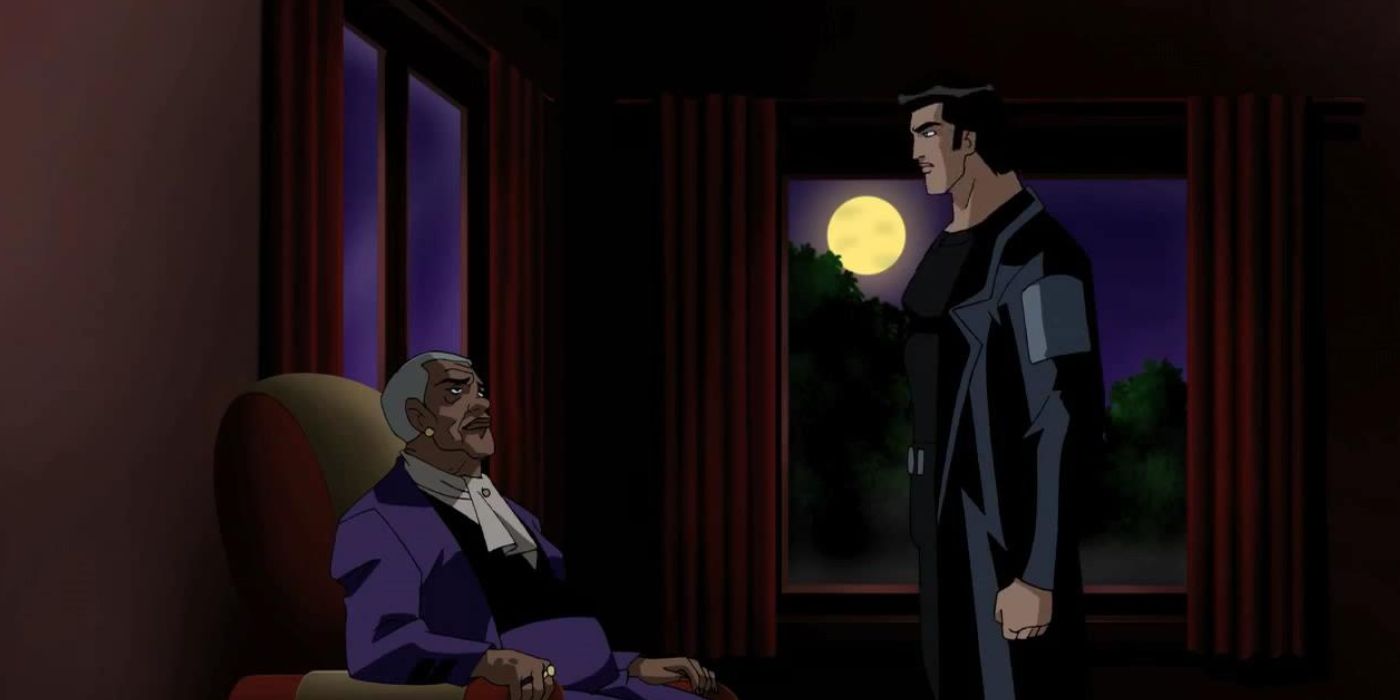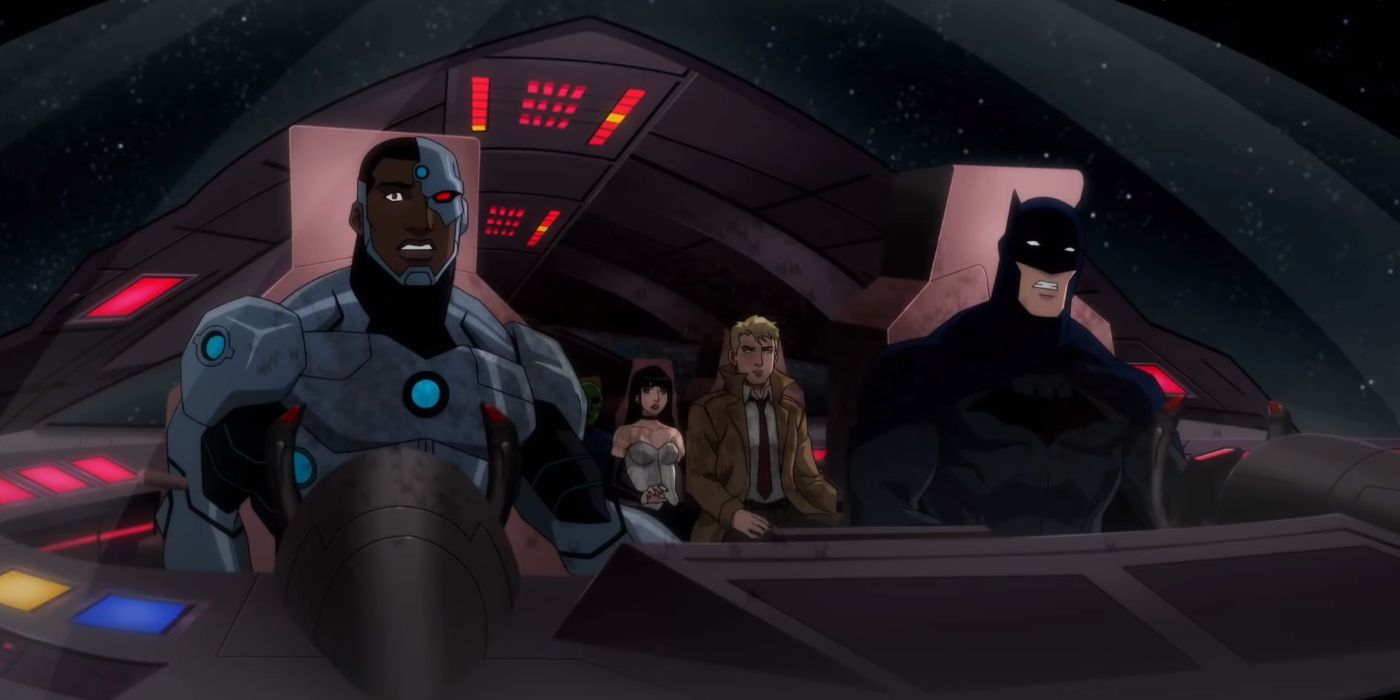Summary
- The DC Animated Universe (DCAU) built an expansive and interconnected world over decades, inspired by classic DC comics.
- Watching the DCAU movies and shows in chronological order enhances the viewing experience.
- While the DC Animated Movie Universe (DCAMU) is a separate entity, the DCAU has concluded in a less dramatic manner.
The DC Animated Universe builds an expansive and exciting world steadily over the course of decades, making it ideal to watch all the DCAU movies and shows in order. While the concept of a shared universe became popular on the big screen thanks to the MCU, DC already saw its characters and storylines crossing over from one TV show to another since the late '90s. The crossovers between the Batman and Superman animated series led to the production of Justice League, and a full-fledged animated universe featuring DC's biggest heroes and villains like Darkseid was created.
Also known as the "Timmverse," the creators masterfully translated the DC universe from comics to TV, inspired by classic tales from DC's history. The DCAU also created original characters like Harley Quinn and Terry McGinnis. While watching the DCAU movies in order is not a bad choice, watching them in chronological order makes for an even better experience. The DCAU is made up of eight shows and six films, all of which share at least some degree of interconnectivity, and which also can be seen to inspire upcoming DC animated movies and shows to this day.
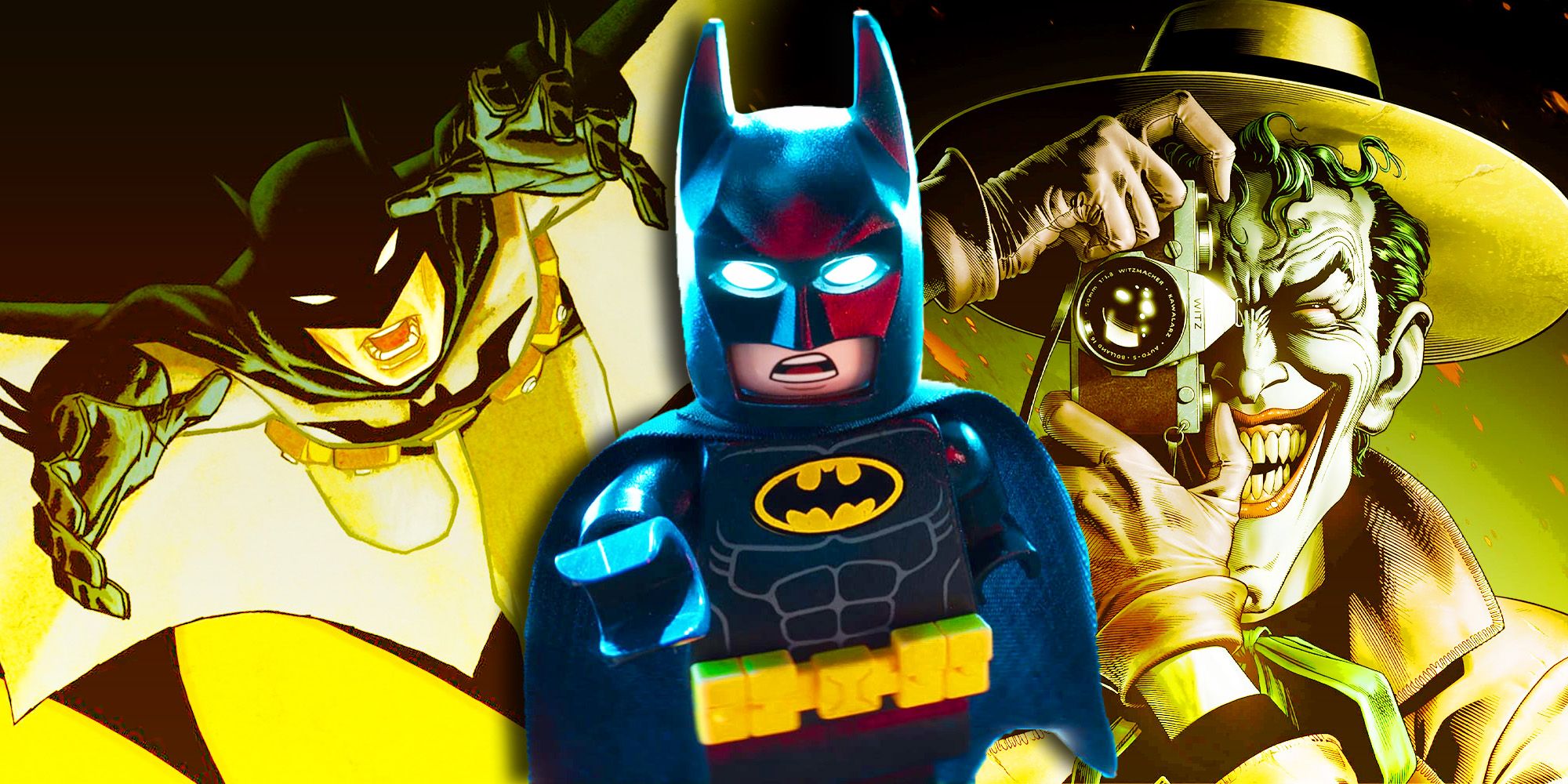
All 29 Batman Animated Movies Ranked Worst To Best
From original stories like Mask of the Phantom to adaptations like The Dark Knight Returns, here is every Batman animated movie, ranked worst to best.Batman: The Animated Series Season 1 (1992-1993)
65 Episodes
Batman: The Animated Series is one of the best iterations of The Dark Knight and a classic of its own, but it is also the birth of the DCAU. The creative team led by Bruce Timm was on a mission to create a show that followed up on the shift in how the public perceived Batman after the Tim Burton Batman movies, hence why the option for the noir aesthetic and the darker themes. Batman: TAS was not supposed to be the start of a DC animated universe. Each season of the show has an episodic structure in which every episode stands on its own. Despite that, this is where to start watching the Batman animated movies in order.
Batman: Mask of the Phantasm (1993)
Movie
While it is hard to pinpoint when Batman: Mask of the Phantasm takes place in the TAS' chronology, the film works fine as something that happens between seasons 1 and 2 of the show. Mask of the Phantasm also flashbacks to an earlier point of Bruce's life and reveals what this Batman's year one was like. To this day, Mask of the Phantasm is one of the most praised Batman films, in pair with live-action ones such as Nolan's Dark Knight trilogy.
Batman: The Animated Series Seasons 2-3 (1994-1997)
44 Episodes
After reasserting himself as Batman following his reunion with Andrea, Batman: The Animated Series seasons 2 and 3 are next when watching the Batman animated movies in order. Once again, the show has an episodic structure, and an episode can be watched without too many concerns about chronology. It is worth noting that some tend to split Batman: TAS into just two seasons, but most streaming platforms, as well as the Blu-ray boxes, have the episodes spread over three seasons, with The New Adventures of Batman serving as season 4.
Batman & Mr. Freeze: SubZero (1998)
Movie
Batman & Mr. Freeze: SubZero was the second film to be produced for the DCAU. Arnold Schwarzenegger played Freeze in Batman & Robin in 1997, a year before this animated movie was released. However, here the animated Batman movie continues the highly praised Batman: The Animated Series Mr. Freeze story, which reinvented the character by giving him a tragic backstory and sympathetic motives. Unlike Mask of the Phantasm, Batman & Mr. Freeze: SubZero was not a theatrical release.
Superman: The Animated Series Season 1(1996-1997)
13 Episodes
The success of Batman: TAS in both ratings and reviews was such that Warner Bros. tried to repeat the formula with Superman — and it worked. With Superman: TAS, both Bruce Timm and voice actor Tim Daly managed to create a character that embodied the heroes' classic elements but still felt like something new, which is something modern adaptations of Superman have struggled with.
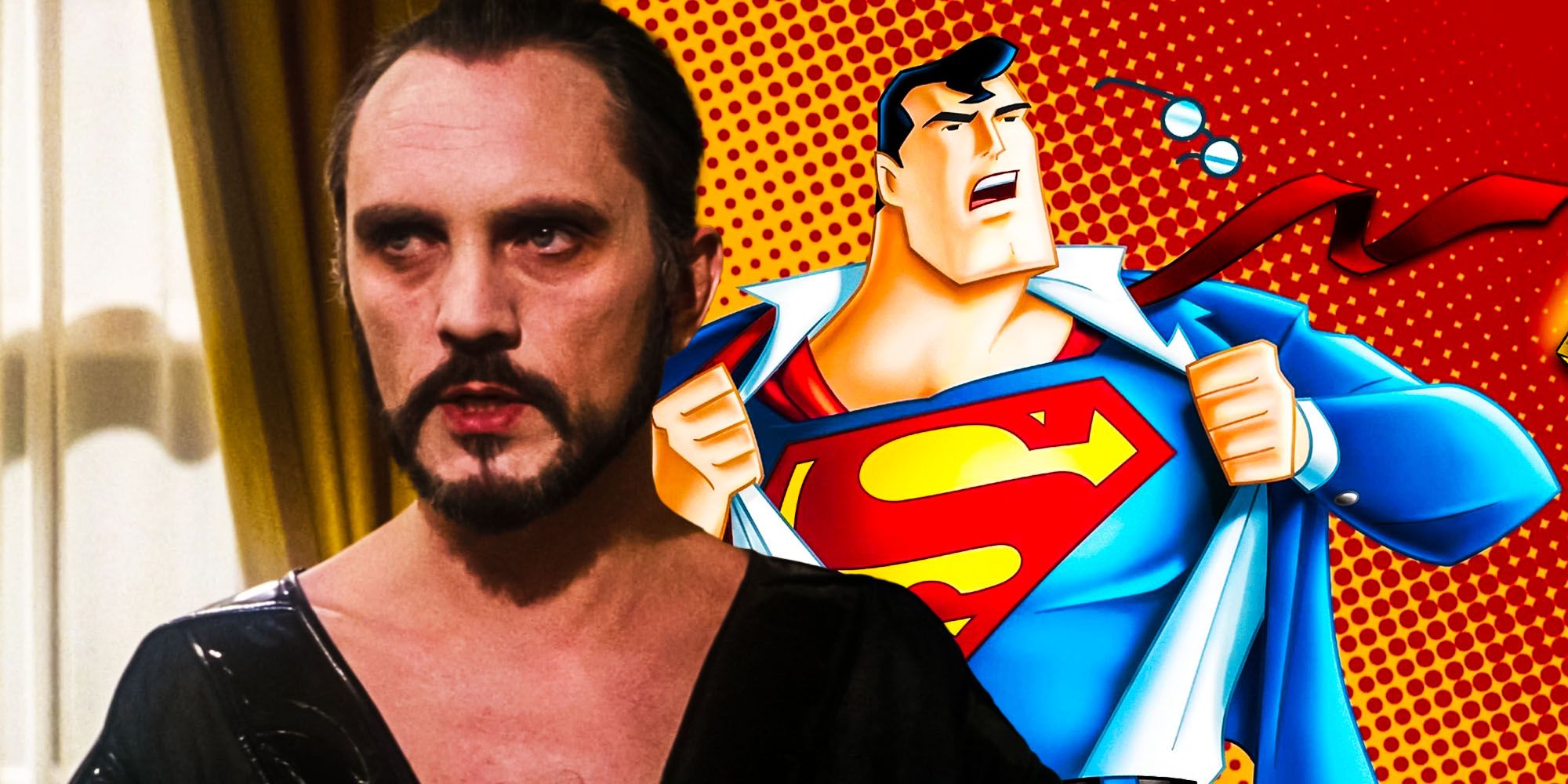
Where General Zod Was In Superman: The Animated Series
General Zod became one of Superman's most famous supervillains thanks to Superman II, but where was he in Superman: The Animated Series?Superman: TAS (Season 2-4)/The New Batman Adventures (1997-2000)
41 Episodes/ 24 Episodes
Kevin Conroy as Batman/Bruce Wayne and Mark Hamill as the Joker both returned for The New Batman Adventures, which is often referred to as Batman: The Animated Series season 4. This aired concurrently with the final two seasons of Superman: The Animated Series. Despite the new art style and the new name, The New Batman Adventures is essentially a continuation of Batman: TAS. In Superman: The Animated Series season 2's three-part episode "World's Finest," Batman and Superman meet for the first time.
Batman: Mystery Of The Batwoman (2003)
Movie
This animated film takes place far in the future in The New Batman Adventures' timeline when watching Batman animated movies in order. It has Barbara Gordon living outside of Batman's Gotham City for college. It was also the first entry in the DCAU to suggest that Bruce Wayne and Barbara had a relationship, by far one of Bruce Timm's most controversial and criticized creative decisions. This same concept was carried over into the animated adaptation of The Killing Joke.
Justice League (2001-2004)
52 Episodes
Up next in the DCAU watch order is the show bringing it all together, as Justice League featured Batman, Superman, and The Flash, all of whom had appeared in previous shows. The cartoon was the first that Warner Bros. produced for the Cartoon Network, and it really opened up the DCAU by introducing several other iconic characters. This included Wonder Woman, Martian Manhunter, Green Lantern (John Stewart), and Hawkgirl. The show ran for 52 episodes, followed by Justice League Unlimited.
Static Shock (2000-2004)
52 Episodes
Static ShockStatic Shock brought Virgil Hawkins from Milestone Comics to TV. While the show had some of the Milestone comic creators like Dwayne McDuffie and Denys Cowan as producers, it made changes to the source material. By season 2, heroes like Batman, Superman, and the Justice League started to appear, tying it all together.
Justice League Unlimited* (2004-2006)
38 Episodes
Justice League Unlimited picked up where Justice League left off, except on a much larger scale. In addition to the returning founding members of the Justice League, Justice League Unlimited featured a plethora of DC characters, many of who had never appeared in any movie or show. Episode 26 is the only one viewers should skip when watching DCAU movies in order.
Batman And Harley Quinn (2017)
Movie
The Big Bang Theory actress Melissa Rauch as Harley Quinn joined a returning Kevin Conroy as Batman in Batman and Harley Quinn. This was a late addition to the DCAU. The 2017 animated film directed by Sam Liu is loosely connected to the DCAU, but its art style and creator reveal that it is supposed to be set in that universe. It happens somewhere around the events of Justice League Unlimited.
Justice League Vs. The Fatal Five (2019)
Movie
This film is also a later addition to the DCAU. Justice League Vs. The Fatal Five is set after the events of Justice League Unlimited and brings new additions to that universe, such as Green Lantern, Jessica Cruz, and Miss Martian, the latter drawn in a style similar to the one from the DC show Young Justice. It was directed by Sam Liu and brought most of the original cast back.
Batman Beyond (1999)
52 Episodes
Batman Beyond was released in 1999 but, as the name suggests, is set in the future. The show was the first follow-up to Batman: The Animated Series and brought back most of the creative team. Batman Beyond told the story of a retired Bruce Wayne training a new Batman, Terry McGinnis.
The Zeta Project (2001)
26 Episodes
The Zeta Project was a spinoff of Batman Beyond that took place around the same time. Apart from a Terry McGinnis, it had no major connections to the DC universe. The show had 26 episodes.
Batman Beyond: Return of the Joker (2000)
Movie
While Batman Beyond featured mostly original villains, the Batman Beyond: Return of the Joker film brought back Mark Hamill as the Clown Prince of Crime. It is a very dark Batman story and helps fill in some gaps in the DCAU chronology. It was directed by Curt Geda and written by Paul Dini.
Justice League Unlimited, Episode 26 (2005)
1 Episode
One of the most beautiful episodes of Justice League Unlimited, "Epilogue," is the closest thing to an ending the DC Animated Universe had. It featured an older Terry McGinnis learning more about Batman thanks to Amanda Waller. She reveals to Terry one of Batman's most difficult choices, and the episode ends with a heartwarming moment between Terry and Bruce.
Are The DCAMU Movies Part Of The Timmverse?
The DCAU movies in order do not include the DC Animated Movie Universe, also known as the DCAMU. While both animated versions of DC Comics storylines, the DCAMU is a separate movie/TV world that ended with the Apokolips War in Justice League Dark. The DCAMU all started with Barry Allen racing through time, resetting the timeline, and then when he fixed it, there was a brand-new universe left standing. The DCAMU a saga-length story, unlike the Timmverse, which has been built up over time thanks to consecutive high-quality shows and movies keeping audience demand high.
The DCAMU is the DC animated version of the New 52, and is tonally very different from the Timmverse/DCAU. While the DCAMU compares well with the DC Universe after Crisis on Infinite Earths, once Flash reset the timeline, it officially ended the DC Animated Movie Universe. The DC Animated Universe also seems to have ended, although in a much less dramatic fashion.

